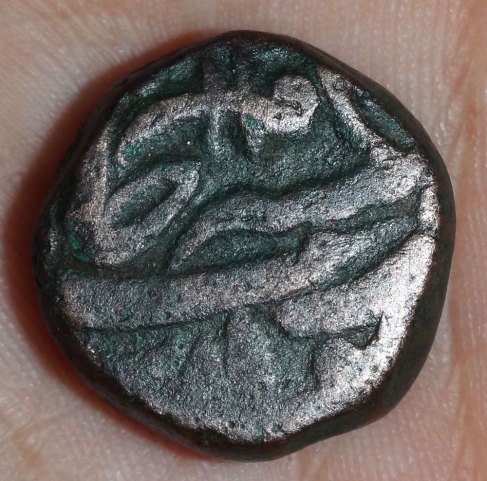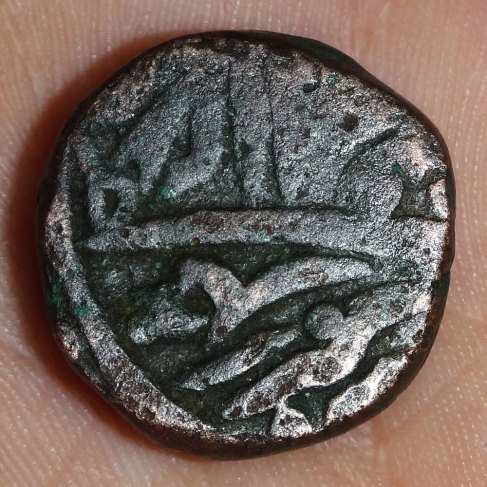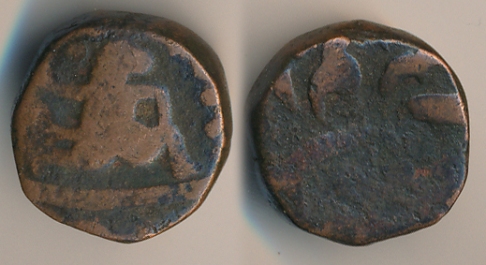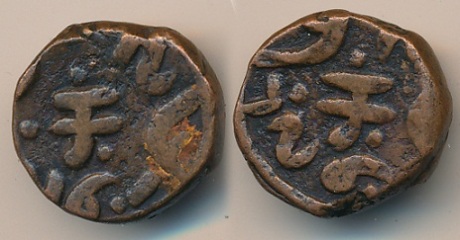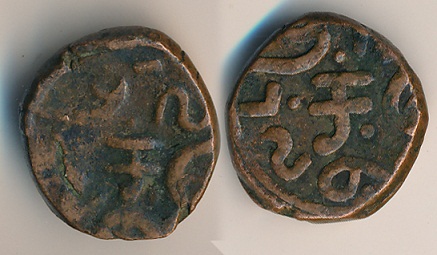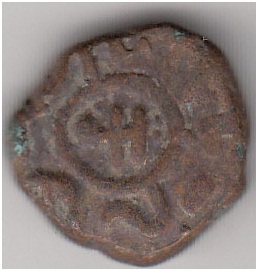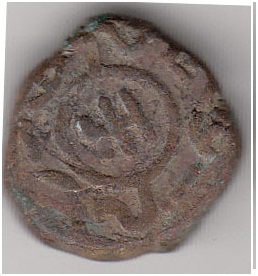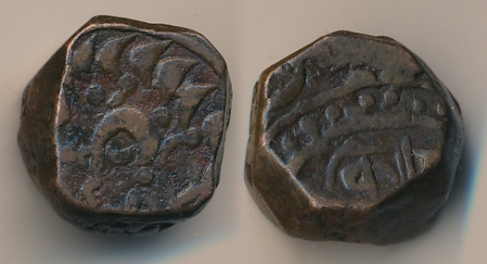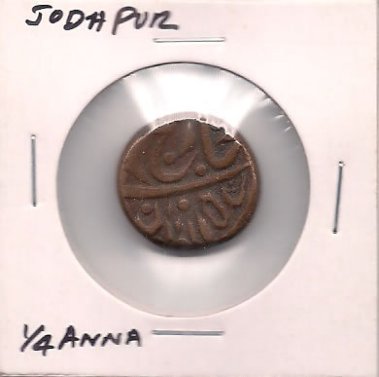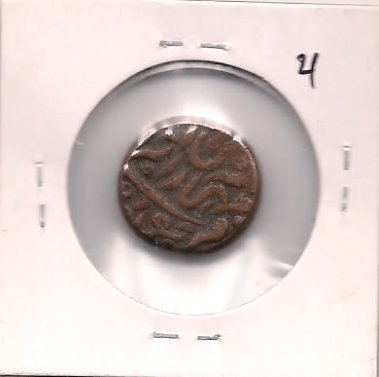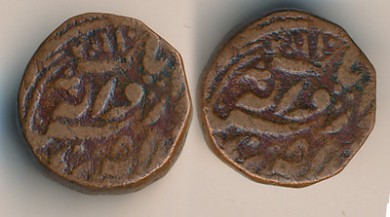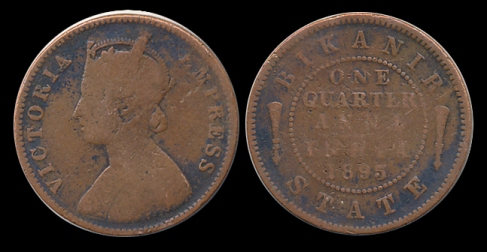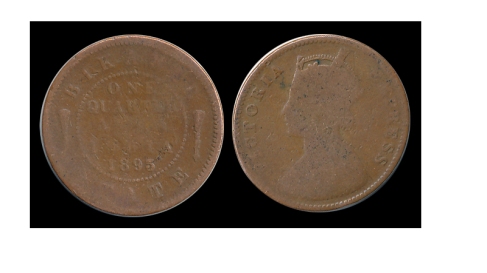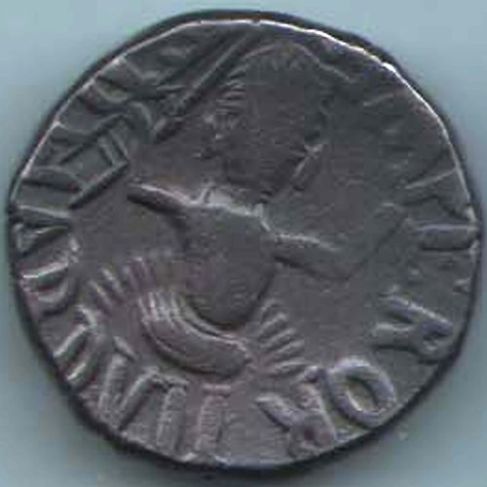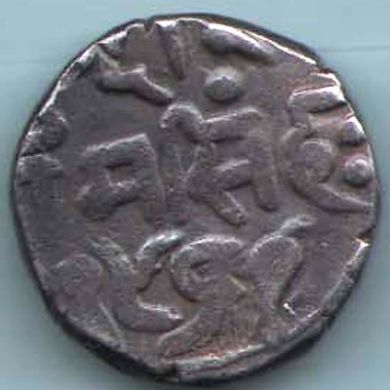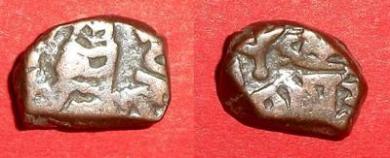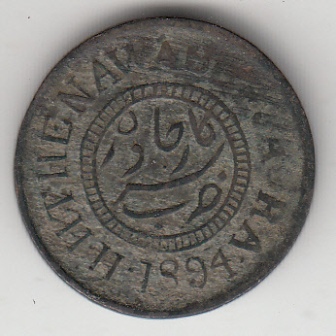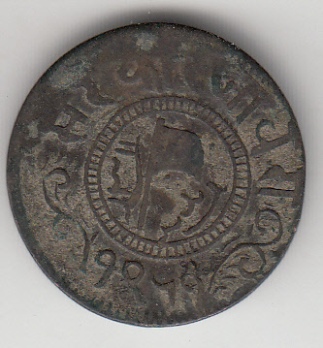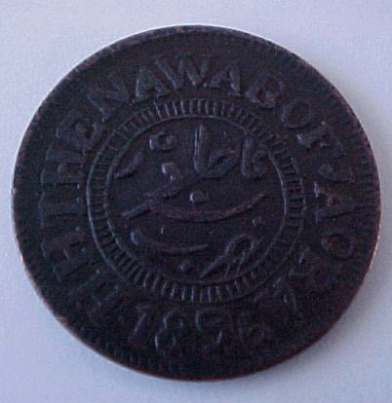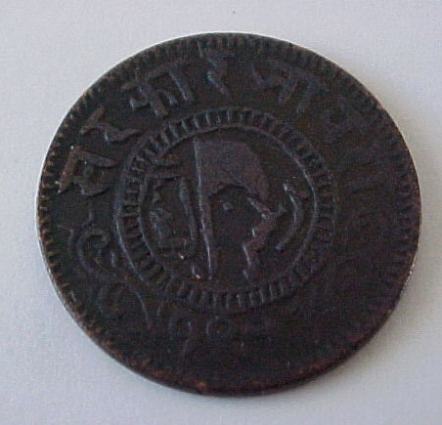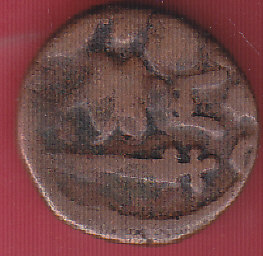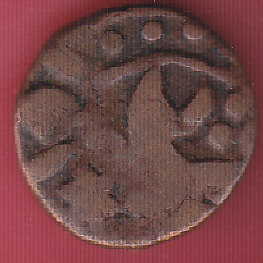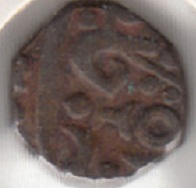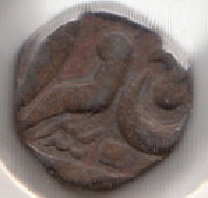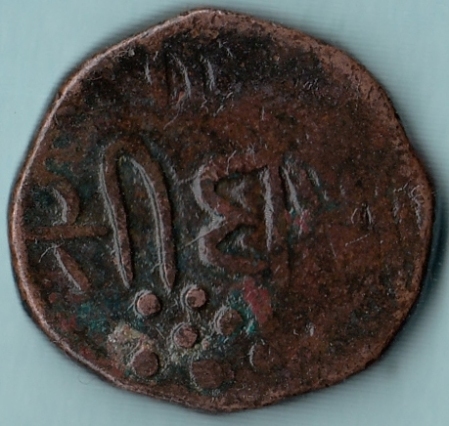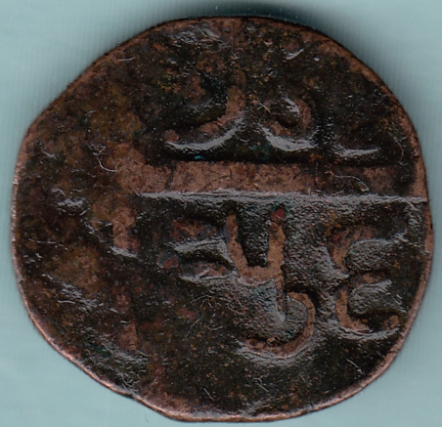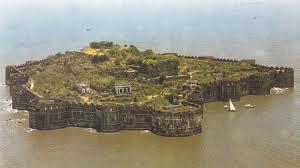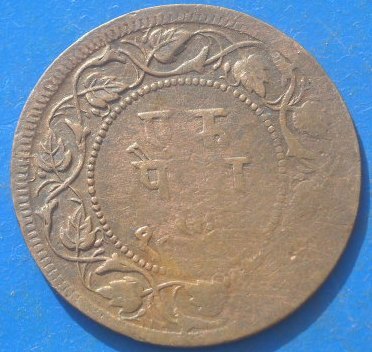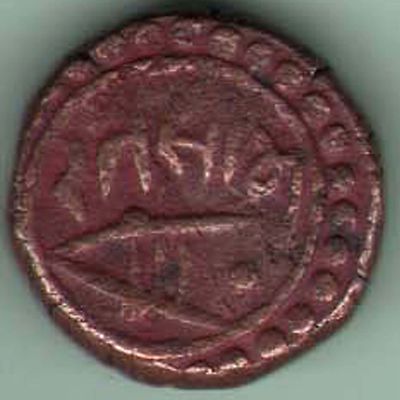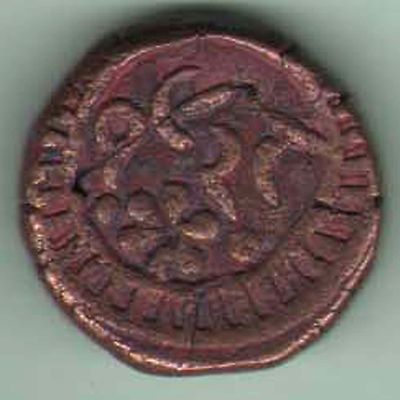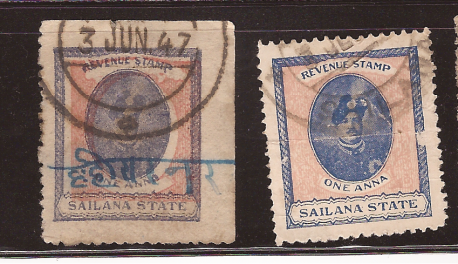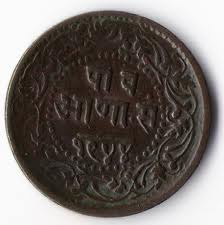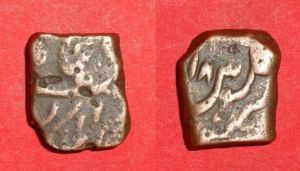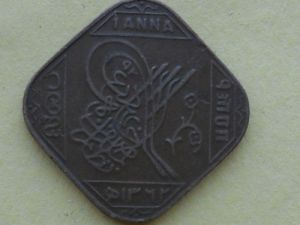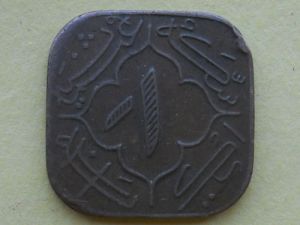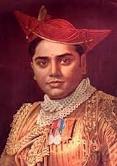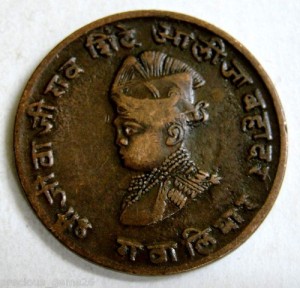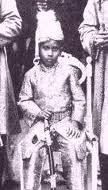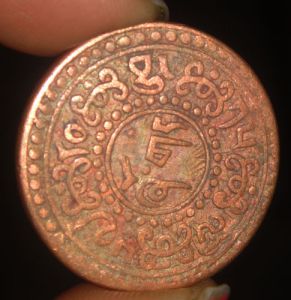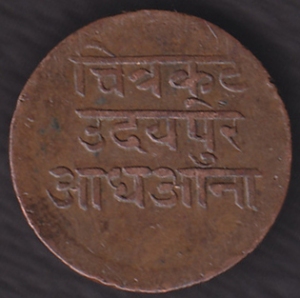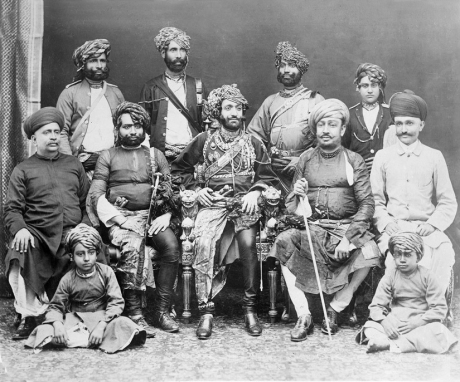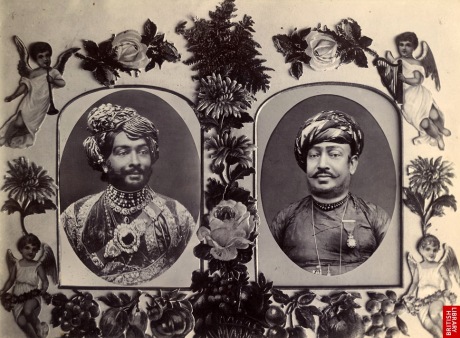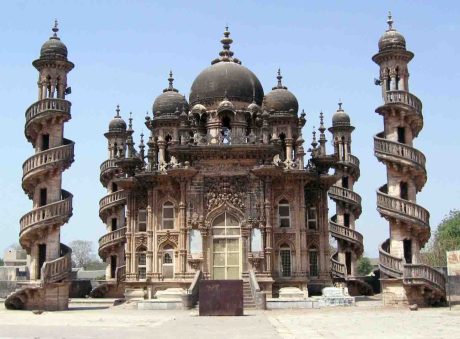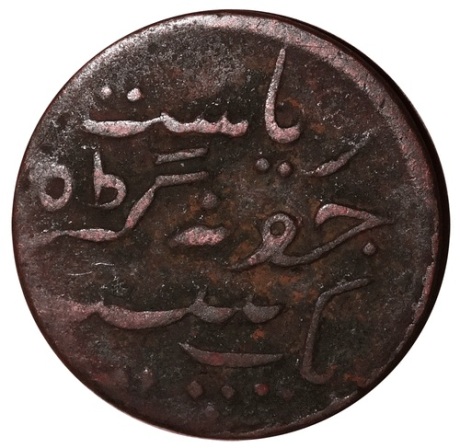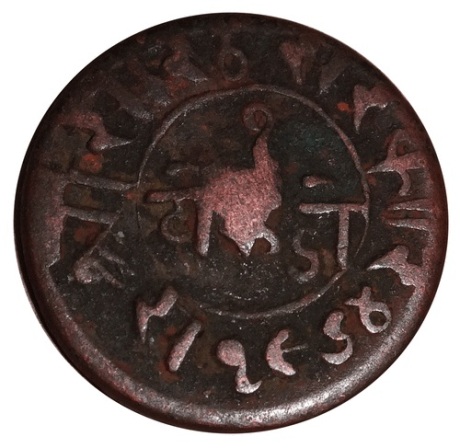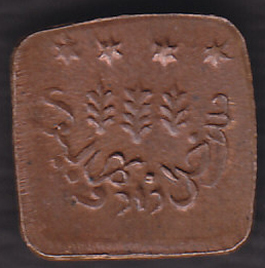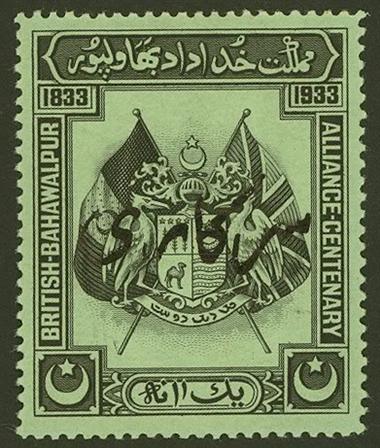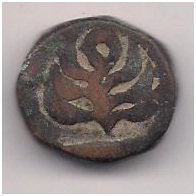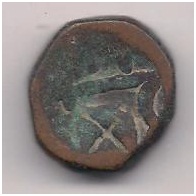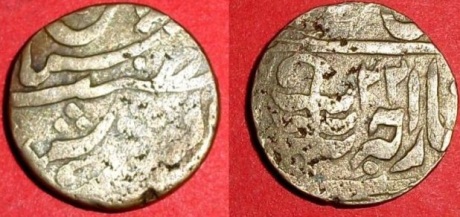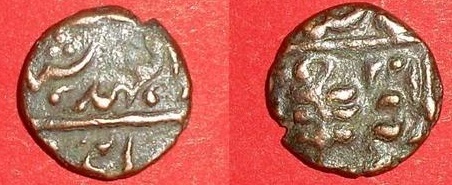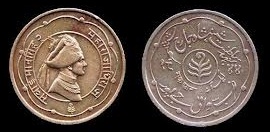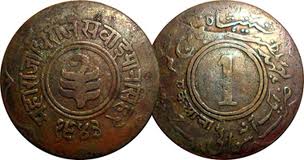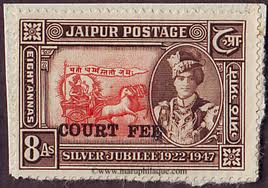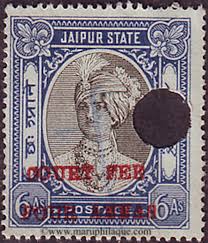Sunth. — State in the Political Agency of Rewa Kantha, Bombay, lying between 22° 55′ and 23 33′ N. and 73 45′ and 74 10′ E., with an area of 394 square miles. It is bounded on the north by the Kadana State of Rewa Kantha and the States of Dungarpur and Banswara of Rajputana ; on the east by the Thalod tdluka of the British District of the Panch Mahals ; on the south by Sanjeli State under Rewa. Kantha and by the Godhra tdluka of the Panch Mahals ; and on the west by Lunavada State.
To the north the country is fairly flat and open, crossed by several small streams on their way north to the Mahl ; to the south it is rugged, covered with long craggy lines of hill. The Mahl flows through the north-west, and the Panam through the south-west corner of the State. Near the centre the small stream of Chibota passes by the village of Sunth, and towards the east the Suki flows past the village of Rampur. A range of hills, of no great height, running in a curve from the Panam river in the south to the Mahl in the north, divides the State into two parts. Besides this principal range, many other hills run in parallel lines from north to south. The climate is generally unhealthy and malarious.
The family of the chief of Sunth, Poriwar or Paramara by caste, claims to belong to the Mahipawat branch of the famous Malwa dynasty. The dynasty was driven from Ujjain (it is stated in the tenth century a.d.) ; and, according to the Sunth bards, Jhalam Singh, a Ponwar from Mount Abu, established his power at Jhalod in the Panch Mahals, and gave his name to the town.
Rampur coins are characterised by the straight spears that appear on them. I have only two such coins–both copper.I think the catalog number is KM #8.
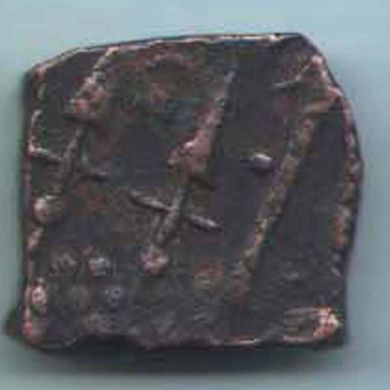

The second coin has the Chand Tara mint mark.
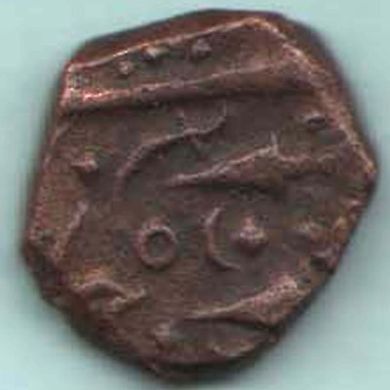
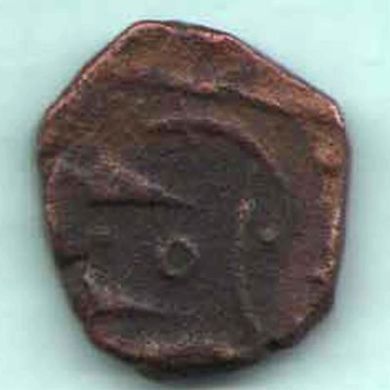
There is a legend that the emperor, hearing of the exceeding beauty of the daughter of Jhalam Singh, Rana of Jhalod (the fifth in succession from Jhalam Singh, the founder of the dynasty at Jhalod), demanded her in marriage ; and that on Jhalam Singh declining the alliance, he was attacked by the Mughal army, defeated, and killed. His son, Rana Sunth, fled for safety to the Sunth jungles, then under the sway of a Bhll chief called Sutta. In the year 1255 Sunth defeated Sutta, and took possession of his capital, called Brahmapuri. He changed its name to Sunth, and established his own dynasty. According to another tradition, the Sunth family is said to have come from Dhar in Malwa, when that principality was conquered by the Muhammadans.
From 1443 the State was tributary to the Ahmadabad Sultans, and, on their decline, received some additions of territory. In 1819 Sunth was overrun by Sindhia’s troops, and would have been either annexed or laid waste had not the British Government interfered. Through the medium of Sir John Malcolm it was arranged that, on condition of Sindhia withdrawing his troops, Sunth should pay a tribute of Rs. 6,100. The control of the State, vested in the British Government under this arrangement, was in 1826 made over to the Rewa Kantha Political Agent. The chief is entitled to a salute of 9 guns. The family follows the rule of primogeniture for succession, and holds a sanad authorizing adoption.
The population was: (1881) 52,822, (1891) 74,275, and (1901) 39,956, showing a decrease of 46 per cent, during the last decade, due to the famine of 1899- 1900. The State contains one town, Rampur (population, 3,338); and 87 villages. Hindus number 38,211 and Muhammadans 1,552. The capital is Rampur, situated on the range of hills that crosses the State from north to south.
The only arable land is in the valleys, where the soil, well charged with moisture, yields without manure two crops a year of ordinary grain. Maize is the staple ; and millet, pulse, gram, wheat, and in a few well-favoured spots sugar-cane, are also grown. The forests yield a large supply of timber. Irrigation is carried on from tanks and wells. In 1903-4 the value of exports from the State was 2 lakhs and of imports Rs. 90,000.
The chief has power to try his own subjects for capital offences without the permission of the Political Agent. He enjoys a revenue of about \\ lakhs, and pays a tribute of Rs. 5,384-9-To to the British Government. The State contains one municipality, Rampur, with an income in 1903-4 of Rs. 228. There is no organized military force, but a body of 13 Arabs act as guards of the palace, 5 men of the foot police act as gunners in addition to their ordinary duties, and 39 pattawats hold villages on feudal tenure. In 1903-4 the police numbered 155. The State contains one jail, and a dispensary, treating annually about 6,000 patients. There were, in 1903-4, 3 schools with 494 pupils, of whom 60 were girls.
Source: The Imperial Gazetteer of India, Vol XXIII
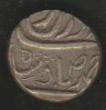
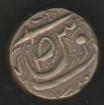

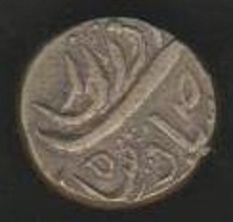
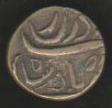
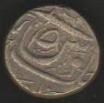 Ahmad Ali Khan- the Ruler of Maler Kotla who issued these coins
Ahmad Ali Khan- the Ruler of Maler Kotla who issued these coins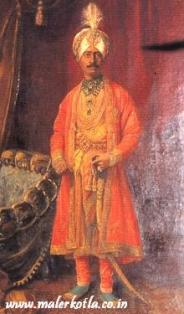
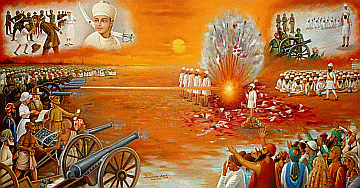
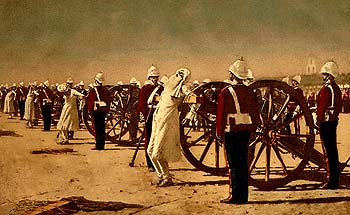
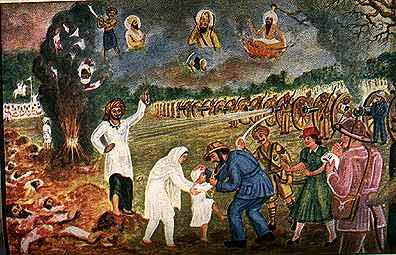
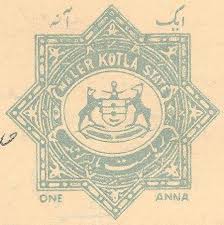
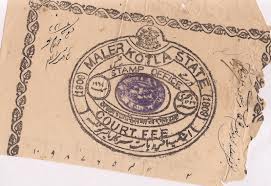 The Maler Kotla coat of arms
The Maler Kotla coat of arms